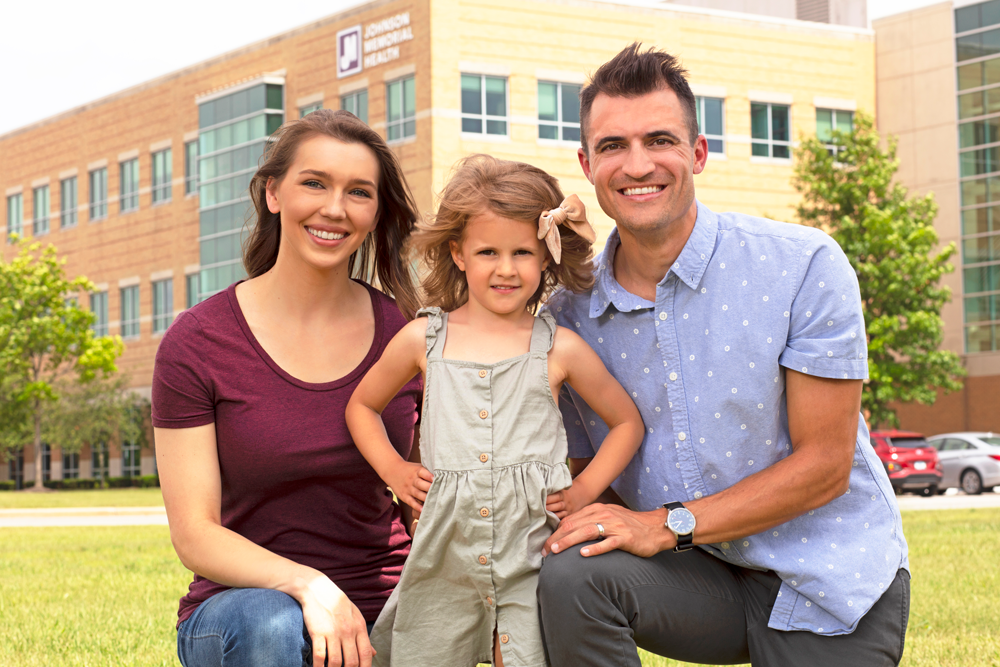Cryptorchidism
Description
A condition where at least one of the testicles doesn't move down into the scrotum before birth.
Overview
Cryptorchidism also is called an undescended testicle. It's more common in premature babies than it is in full-term infants. The exact cause of cryptorchidism isn't known. Genes, the health of the baby's mother and other factors might have a combined effect.
Symptoms
The main symptom of cryptorchidism is not being able to see or feel a testicle in the scrotum. A health care professional may notice this while checking a baby's body after birth. Often, an undescended testicle moves down into the scrotum on its own within a few months. If it doesn't, treatment can fix it and help lower the risk of other problems.
Treatments
With cryptorchidism, surgery can move an undescended testicle into the scrotum. Treatment before age 1 might lower the odds of health problems linked with an undescended testicle, such as infertility and testicular cancer. Earlier treatment is better. Experts often recommend that surgery take place before a child is 18 months old.



